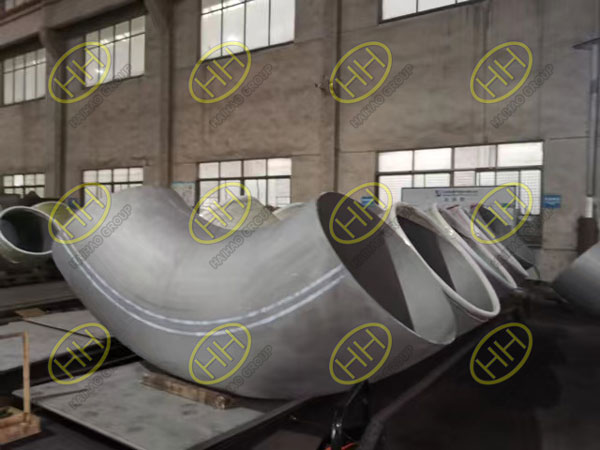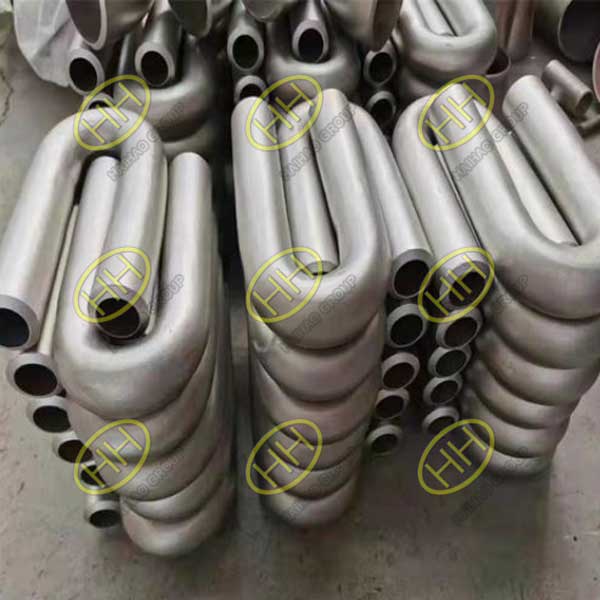Differences between 304H and 304 stainless steel
304 and 304H stainless steels are both part of the austenitic stainless steel family, offering excellent corrosion resistance and strength. According to the content of chromium and nickel, they are all 304 stainless steel, containing 18% chromium (Cr) and 8% nickel (Ni), but the main difference lies in the carbon content.
Chemical Composition
304 stainless steel has a carbon content up to 0.08%, making it suitable for general applications that do not involve extreme temperatures.
304H stainless steel contains 0.04% to 0.1% carbon, which provides better high-temperature strength, making it ideal for applications exposed to elevated temperatures.
Mechanical Properties
304 stainless steel is known for its good tensile strength and corrosion resistance, but it may not perform well in high-temperature environments.
304H provides superior strength at high temperatures, which makes it suitable for pressure vessels, boilers, and high-temperature pipelines, where the material must withstand intense heat without losing its integrity.
Applications
304 stainless steel is commonly used in kitchen equipment, food processing, chemical processing, and architectural applications.
304H stainless steel, due to its enhanced high-temperature strength, is used in high-pressure applications such as furnaces, boilers, and petrochemical plants.
304 stainless steel is ideal for general-purpose applications, while 304H is specially designed for high-temperature environments. The increased carbon content in 304H offers better strength and performance in challenging, high-temperature conditions. Understanding these differences helps in selecting the right material for each specific application. Email:sales@haihaogroup.com


